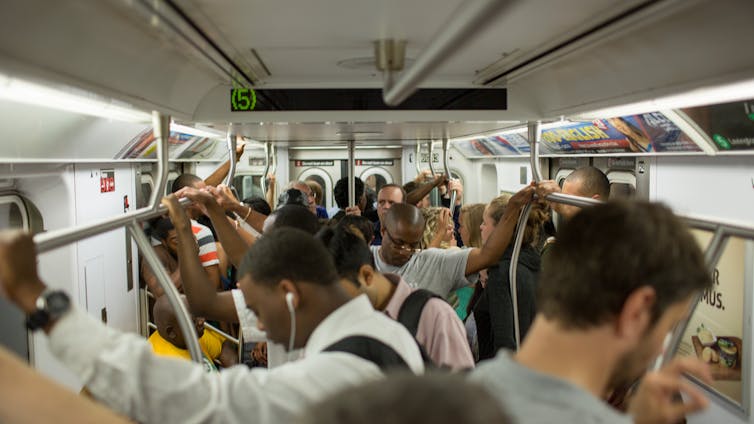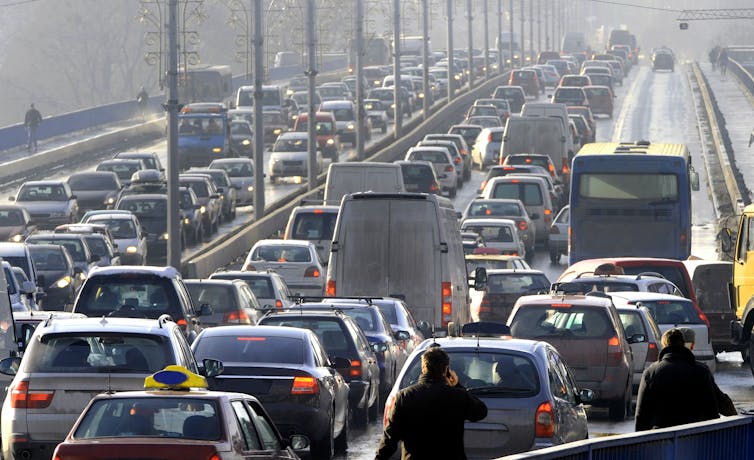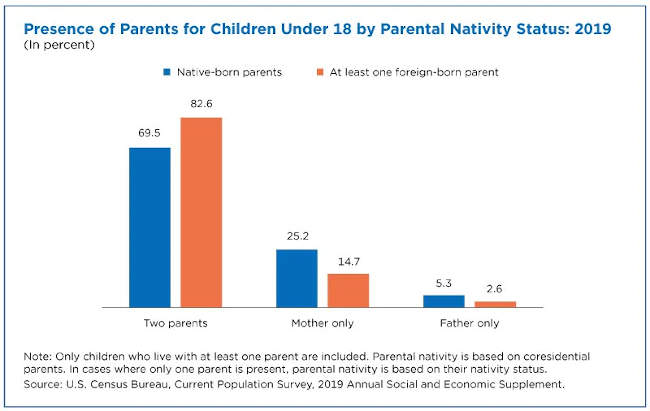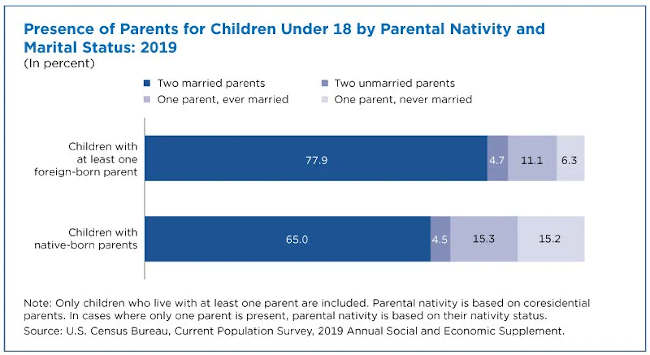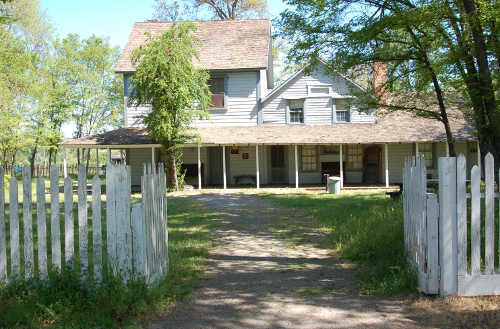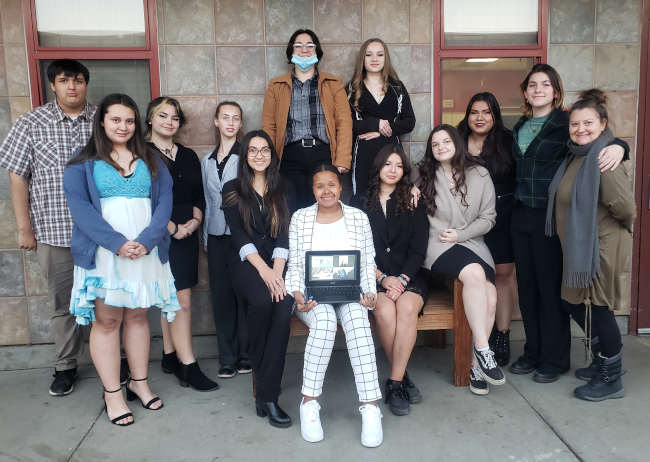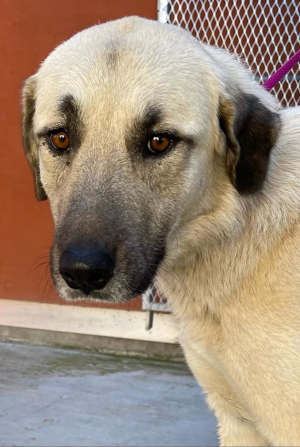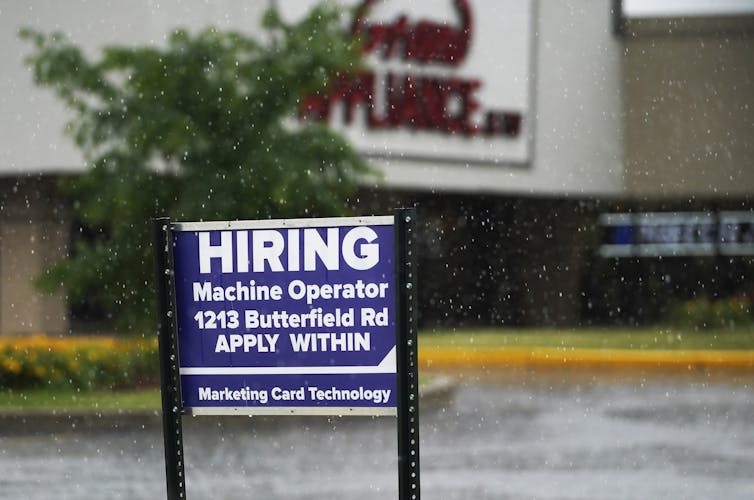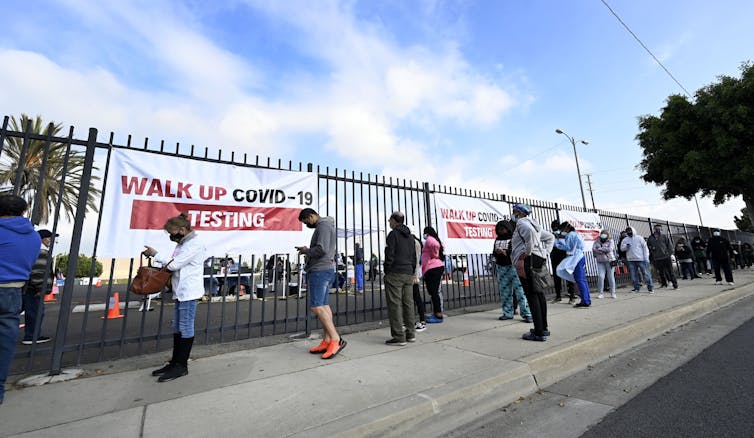- Krishna Rao, Stanford University; Alexandra Konings, Stanford University; Marta Yebra, Australian National University; Noah Diffenbaugh, Stanford University, and Park Williams, University of California, Los Angeles
- Posted On
The fastest population growth in the West’s wildland-urban interface is in areas most vulnerable to wildfires

The view from the foothills of the Sierra Nevada in California can be beautiful – pine forests and chaparral spill across an often rugged landscape. But as more people build homes in this area, where development gets into wild land, they’re facing some of the highest risks for wildfires in the country.
The type of trees, plants and grasses at any location will influence how likely the area is to burn. However, our new research shows that some areas of the wildland-urban interface – the land where development ends and wilderness begins – are at much higher risk of burning than others. A key reason is how vulnerable the local vegetation is to drying out in a warming climate.
In a study published Feb. 7, 2022, our team of climate scientists, fire scientists and eco-hydrologists mapped out where vegetation is creating the highest fire risks across the western U.S. We then compared that map to where in the region people have been moving into the wildland-urban interface.
We were surprised to discover that the fastest rate of population growth by far has been in the areas with the highest fire risk. This includes several areas in California, Oregon, Washington and Texas.
Plant sensitivity has a large effect on fires
When a fire does break out, the amount of area that burns increases significantly if a region’s vegetation is drought sensitive, meaning it dries up easily after periods of little rainfall and hot temperatures.

Just as a succulent is better at surviving a water shortage than, say, a citrus tree, some vegetation loses moisture more quickly in dry conditions. Such diverse sensitivity can have a strong effect on wildfires. In fact, we found that under the same increase in droughtlike conditions, burned area increases twice as much in the most sensitive regions as the least sensitive regions. As a result, fire hazard in regions like California, eastern Oregon, and central Arizona has far outstripped the average. But what about human exposure to wildfires?
The wildland-urban interface population boom
We found that while the number of people living in the wildland-urban interface overall roughly doubled from 1990 to 2010, the population in its highest-hazard regions grew by 160%. As more people move into these areas, the opportunity for fires to ignite rises, as does the number of people at risk.
In all, the population of those high-hazard areas grew from 1 million in 1990 to 2.6 million in 2010, the latest year with detailed population data. That’s an increase equivalent to the current populations of San Francisco and Seattle combined.
More people still live in the low-hazard regions of the wildland-urban interface, where the population grew 107%, from 5 million in 1990 to 10.4 million in 2010, but the high-hazard regions have seen much faster growth.
We don’t know what is causing the population boom in these highly sensitive areas of the western U.S. Building codes, timber-dependent communities and people seeking homes surrounded by forests may have contributed to the expansion of the wildland-urban interface, but those factors alone don’t explain why population would rise the most in the most vulnerable regions.
However, a map of vegetation’s sensitivity to water shortages can provide some insight. By linking satellite-based estimates of vegetation dryness to climate observations, we created continental-scale maps of vegetation moisture. For the first time, we now know the precise locations of the most drought-vulnerable and hence fire-prone vegetation.
The map shows that the foothills of the Sierra Nevada in Central California, the outskirts of the San Francisco Bay Area, San Diego and San Antonio all have drought-sensitive vegetation and saw populations expand in the wildland-urban interface.
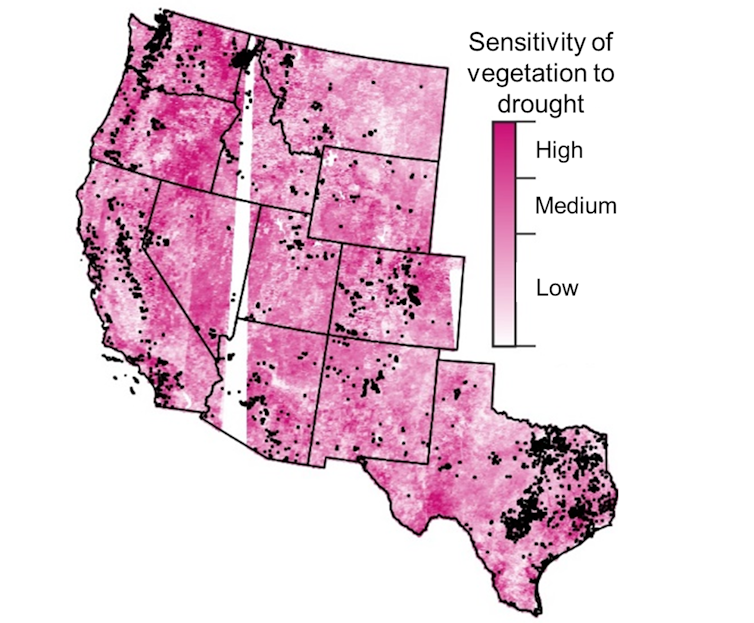
Further studies examining the demographics and local land use and development regulations in such regions can shed light on the drivers of growth in these high-risk areas. In the Bay Area, for example, a lack of affordable housing has pushed people farther from cities and may be encouraging more development in the wildland-urban interface, including high-risk areas that hadn’t previously been developed.
What can people living in high-risk areas do?
The disproportionate population growth in high-hazard areas is a warning that the likelihood of humans sparking a fire in an area with high-risk vegetation is rising – and that it may be higher than was previously understood.
Community leaders can use this knowledge to identify where human activity overlaps with drought-sensitive regions to improve local land-use planning, prepare firefighting resources and develop safer evacuation routes.
Property owners can keep a safe defensible space of at least a 100 feet of nonvegetated land on all sides of a home to help protect their structures when wildfires occur. Retrofitting homes using fire-retarding materials or double-paned windows can help too.
[Over 140,000 readers rely on The Conversation’s newsletters to understand the world. Sign up today.]
Preventive measures like these can limit the ballooning losses from wildfires, including devastating air quality due to wildfire smoke, while also allowing humans to more safely coexist with natural fires.
Preparing homes for wildfires can take months, so it’s important to use the winter, when many of these areas have their wet seasons, to be ready by the time the land dries out and wildfires ramp up in spring.![]()
Krishna Rao, Ph.D. candidate in Earth System Science, Stanford University; Alexandra Konings, Assistant Professor of Earth System Sciences, Stanford University; Marta Yebra, Associate professor, Australian National University; Noah Diffenbaugh, Professor of Earth System Science, Stanford University, and Park Williams, Associate Professor of Hydroclimatology, University of California, Los Angeles
This article is republished from The Conversation under a Creative Commons license. Read the original article.


